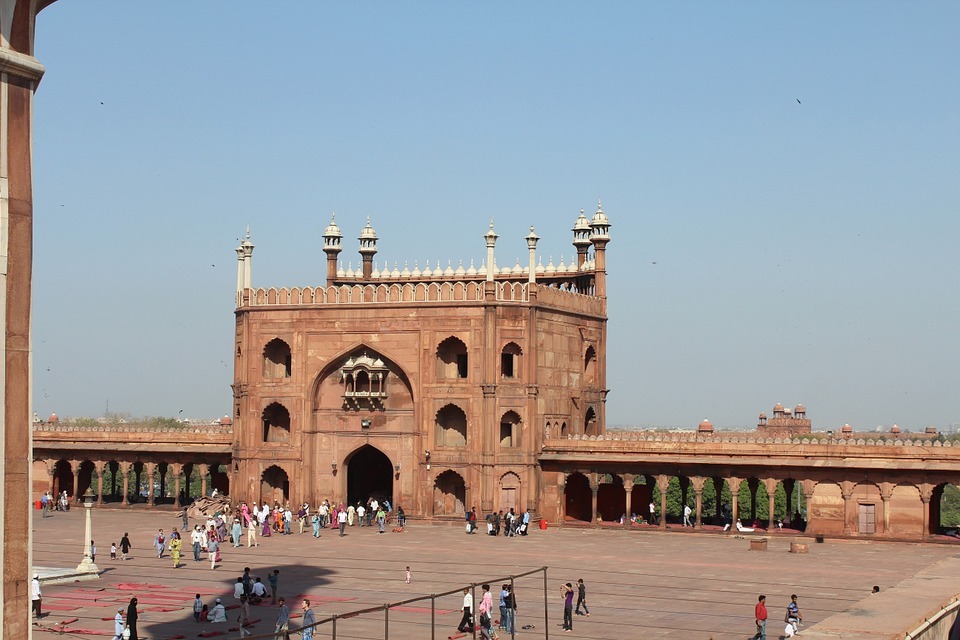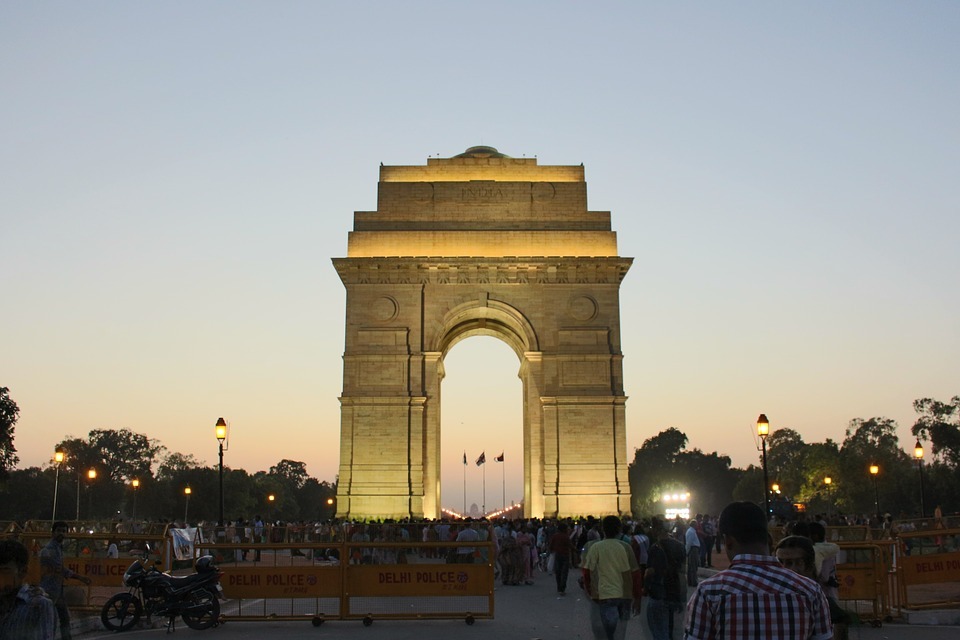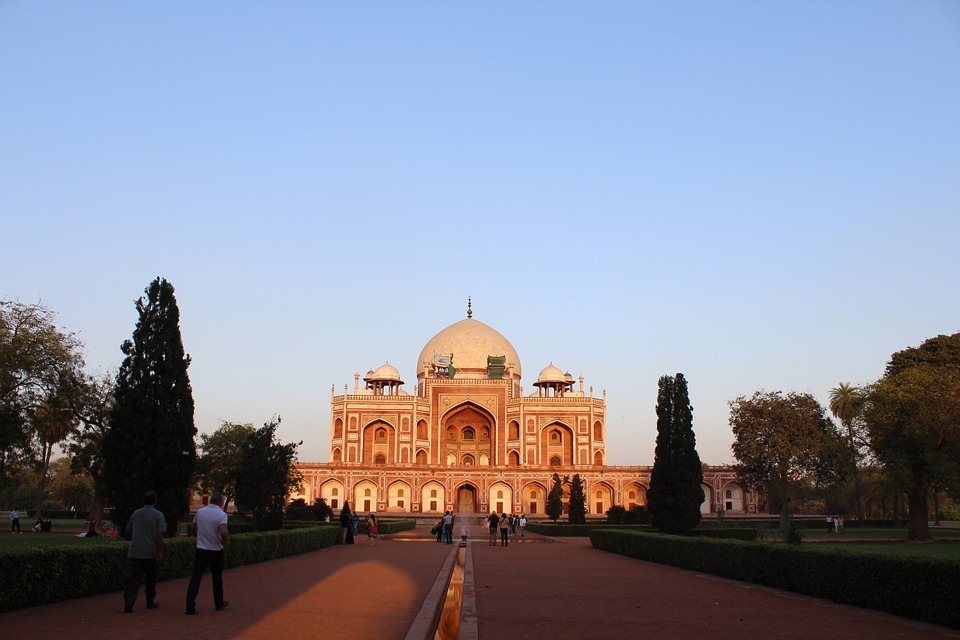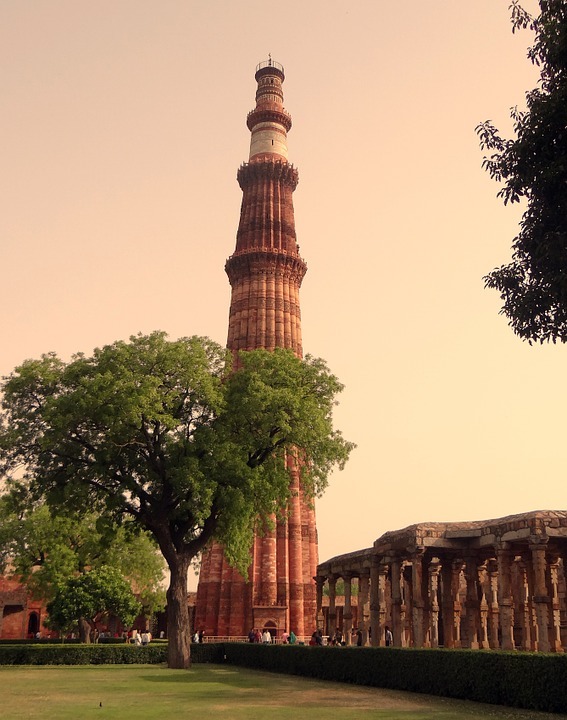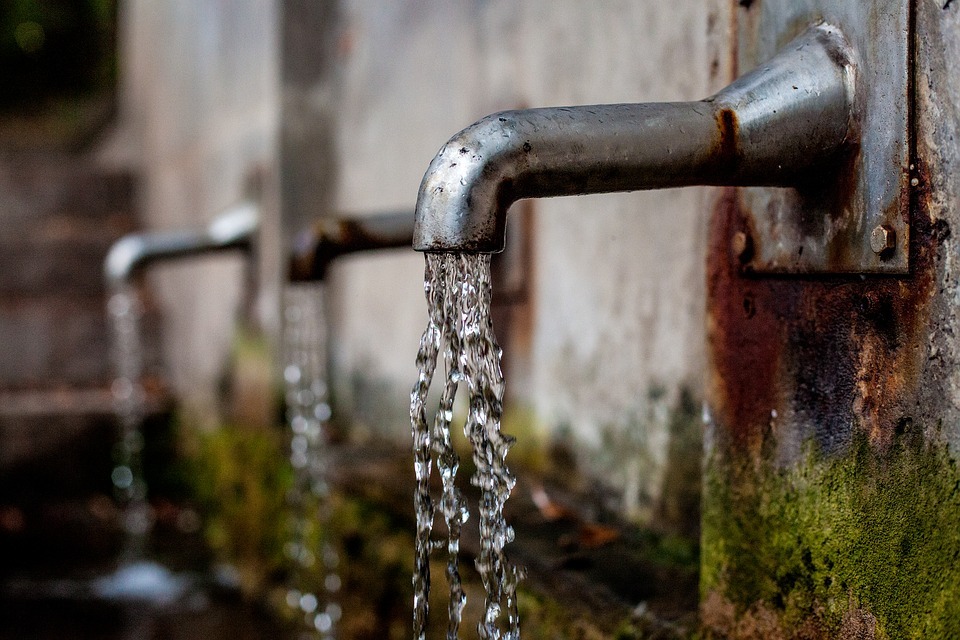Introduction
Blogging is an everyday activity on this day. There personal blogs, informative blogs, and any blog you want. The evolution of blogs has taken place over the past few years. This new digital world has made it possible for people to blog from anywhere. It is a way of communicating with people of the same interests. In its early years, blogging was like a personal diary. As the years went by, it evolved from being a personal diary. Today, we find companies, organizations, and business blogging. It is a way of connecting with their customers. They are a source of news, gossips, and interesting facts. Businesses use blogs to build their brands and attract customers. There is nothing that you cannot do using blogs. But this change did not take place overnight. It has taken years to transform it into the platform it is today. Like most digital platforms, it also has a future. Below we explore the history of blogging. We focus on its humble beginnings and its change over the years.
1994-1999; humble beginnings
The first blog was created by a student at Swarthmore College in 1994. At that time, the term ‘blog’ had not been invented yet. So the first blog was called links.net. Justin Hall, the student, named his blog personal homepage. It was a brief content on his own life. Besides, it had links and photos that Justin found interesting while surfing the web. A group of other bloggers also started uploading their content online. Bloggers called them online diaries or personal homepages. In 1997, Jorn Barger created a blog named Robot wisdom. It was this year that the term weblogging replaced online diaries. The term came from the process of logging in to the web. In 1998, Jonathan Dube wrote the events of hurricane Bonnie for the Charlotte Observer. Open Diary was the next new platform that year. This platform allowed users to leave comments on people’s content. In 1999, Peter Merholz shortened the term web blogging to ‘blogging’. In the same year, three new blogging platforms went up. They were the ‘Blogger’, ‘and Live Journal’. The other new platform ‘Xanga.’ More people started blogging on these new platforms. The famous Pyra Labs founded the Blogger. Google later acquired the platform. Google made the platform accessible to everyone for free. This was the first step into mainstream blogging. These three platforms opened up this digital space for many people. In 1994, blog readers were family members and close friends. They did not circulate to many people as they do today. Five years later on, the Merriam Webster named it word of the year. This became pushed blogging into the mainstream as more people started blogging. From 1994 to 1999, bloggers had to update their blogs in a manual way. Bloggers used a central homepage/archive to upload their content. It was easy for programmers who could create their platforms. Otherwise, it was a very hard process to keep your readers updated.
Growth of blogging
A study in 1999 showed that there were 23 blogs at the time. By the mid-2000s, there were at least 50 million blogs. The 2000s was a new millennium that made blogging the platform it is today. Several eventful years led to the exponential growth of blogging. To start with, political blogging became popular. Several politicians used blogging to communicate their ideas. Examples of political candidates who used blogging are Wesley Clark and Howard Dean. Bloggers picked up on comments made by politicians when media houses could not. This transformed the blogging field. In 2001, bloggers started posting how-to- content. They also had blogging content on how to blog.
Meta blogs became the new big thing during this year. Some of the meta blogs that came up that year included Gizmodo. Others were Boing Boing and gawker. In 2002, the first blogging search engine was launched by Technorati. In the same year, blogger Heather Armstrong was fired. The blogger had posted content relating to her coworker’s personal lives. This was the start of the debate on privacy issues in blogging. The problem remained controversial until 2011 when the discussion was settled. It was one of the notable events in the blogging world that have affected it. That same year, Melinda Roberts founded the first mommy blog. It has been a pacesetter for over 3.9 million blogs in North America. The early 2000s laid out the foundation for present-day blogging.
2003 was also a remarkable year for blogging. The launching of the famous WordPress took place in May 2003. Matt Mullenweg and Mike Little started working on Word press from 2001. The site featured a new admin interface. It also had selection templates for the writers. Again in 2003, Six Apart launched Type pad. This platform is still used to host blogs for news companies like MSNBC and BBC. It was in this year that Google acquired Blogger and made it a free platform.
In 2004, the first blog to contain visual content was set up. Steven Garfield included short videos on his blog. A study done in 2005 showed that 32 million Americans read blogs. Also, Garrett Graff was the first blogger given press credentials by the white house. 2005 was a year that marked the presentation of video blogs. Also, the Huffington Post was launched two months later. This was the beginning of the change between traditional news and digital news. It was also the year that YouTube was launched. Google later acquired this platform in 2006. As the mid-2000s swept by, blogging gained a new perspective. Most media houses had their blog sites. They also partnered with other bloggers to provide quality content. For example, CNN worked with Mashable editors and writers for their blogs. The popular blog TechCrunch was also bought by AOL. These steps blurred the lines from blogs being a personal hobby to a full-time job. Professionalism also increased as more politicians chose to use blogs. Most of them voiced their opinions and connected with readers through blogs. By the end of 2010, there were more than 152 million blogs in the world. A large percentage of media houses owned blogs. Besides, businesses, organizations, and individuals also had blogs.
Microblogging and Tumblogs
Microblogging is the new wave in the blogosphere. Twitter was the first platform used for microblogging. It started as an internal communication platform for Odeo employees in 2006. It was also made public in July 2006. This platform has since grown such that there are 6000 new tweets every second. This platform has a traditional touch of blogging. It also allows other bloggers to follow you. In 2007, Tumblr was launched. It was a unique platform that allowed individuals to post videos. Besides, they could also use images and gifs for their content. It also allowed users to format their content as they liked. These two platforms had social media appeal to them. Individuals can connect with people of the same interests all over the world. Tumblr boasts of over 30 million active users. Microblogging has changed the face of blogging. The traditional blogs involved very long content. With microblogging, users post short content as much as they can. The other microblogging platform is Posterous. It was established in 2008. Users post their content using an email or on the online platform editor. It is a unique platform, as it is considered a live streaming app. These three apps have one thing in common. They allow users to reblog other people’s content. Reblogging is a unique way of sharing content you have liked with your followers. This has made connectivity and communication easier.
The rise of microblogging has made people more confident to share their lives. Besides. People also express their opinions with confidence. It is a platform that brought people more together. As such, there are issues caused by microblogging. This earned confidence has caused people to be spiteful and spread hatred. Most people hide behind their keyboards as they express their opinions. This is especially true for individuals who post harmful content and comments. Cases of cyberbullying through microblogging platforms are increasing. This has resulted in cases of people harming themselves. This calls for the question of online boundaries. Again a debate came up on whether to establish a set of conduct for bloggers. Kathy Sierra pushed the agenda in 2007. A draft of the bloggers’ code of conduct written by Jimmy Wales is there to establish boundaries.
The future of blogging
In 2012, the cofounder of Pyra Labs launched medium.com as a new blogging platform. Medium is a blogging platform for leaders, artists, and thinkers. It is a site where individuals publish personal stories and beliefs. Users publish articles that relate to current trends. Medium also allows individuals to blog on informative ideas. Some even publish how-to articles. It is a platform that is growing every year and allows the free expression of ideas. In the same year, the LinkedIn Influencers program was established. This program was for business figures alone. It was later made free for all LinkedIn members. The growth of technology and social media plays a big role in the blogosphere.
More people are leaning towards multimedia content creation. As such, there is an increase in the number of vloggers and podcasts. These are methods that make blogging more personal and appealing. As such, microblogging platforms are likely to grow as they have this option. Also, blogging for commercial purposes is likely to go up. Most blogging platforms allow you to connect with social media sites. This way, you gain an audience from either side. Linking these platforms is a way of gaining new customers. It is a channel of establishing commercial brands. Note that individuals are also using the blogosphere to create brands for themselves. Besides, you can earn money from blogging. More people are opting to become content creators for blogging platforms. To keep up with these new uses, the blogosphere is likely to improve. This also means that blogging is a digital platform that is here to stay. Further changes may be made to suit the transformation in the digital space.
Conclusion
The last 25 years in the blogosphere have been exciting. A lot has changed since the first blog post was made. Blogging has evolved from being personal diaries to becoming commercialized. It is a landscape that has a promising future. More people are reading blogs now than ever. Besides, almost every business, company, and organization has a blog. A large percentage have hired people to create their content. This means that jobs around blogging are likely to increase with time. Besides, most companies are using blogging as a marketing technique. We expect that it will become a channel of reaching consumers. More businesses are creating their brands through blogging. It is the best way to push a brand connected to a social media platform. Some issues are arising with blogging. The first is that on false advertising. Consumers may avoid buying items advertised through blogging. Yet, those who do vlogging and podcasts may attract customers using their platforms.
Customers appreciate the content they can relate to. Vlogging gives them this choice. Another issue is the conduct of bloggers. There are no set boundaries on most blogging sites. People may post hateful and harmful content on their websites. Cases of cyberbullying through these platforms. This has negative effects on people’s lives. Individuals between 12 to 25 years are affected by these cases. They are a large demographic using these platforms. There is a need to come up with measures to counter this issue. These issues will not affect the progress of the blogosphere. Blogging is a source of all types of information. The platform is not likely to go away any time soon.

